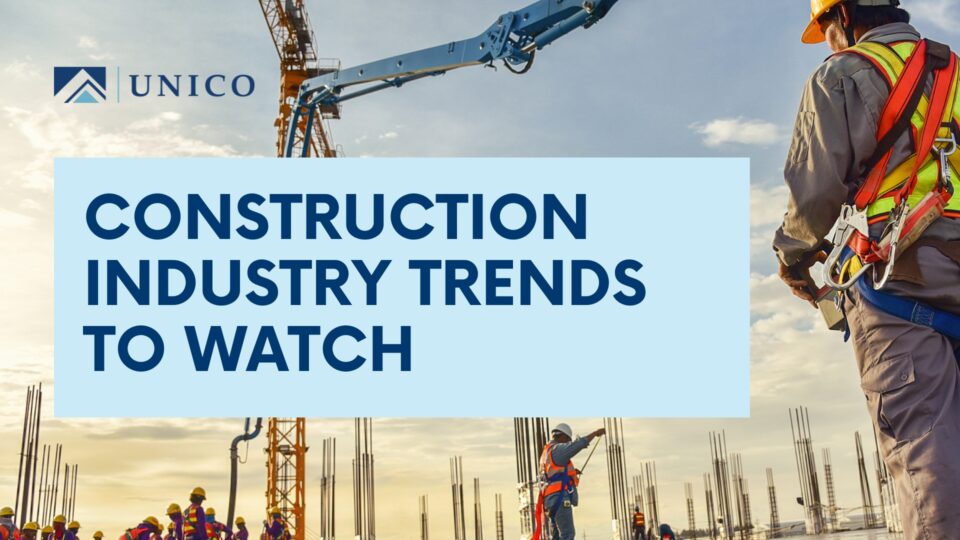The construction industry consists of companies that construct, maintain and repair buildings and other structures (e.g., roads, bridges and utility systems). This sector plays a vital role in the U.S. economy by keeping residential areas, commercial facilities and local infrastructure in good condition, thus supporting the safety and welfare of communities across the nation.
In recent years, the construction industry has faced various ups and downs, largely brought on by fluctuating consumer behaviors, material procurement struggles and project delays amid the COVID-19 pandemic. Yet, the sector has still managed to promote economic growth. According to the latest industry data, the construction sector saw approximately $1 trillion in total gains during 2022, representing a 17% increase from the prior year.


Key Takeaways
- The construction sector saw approx. $1Trillion in total gains during 2022, representing a 17% increase from the prior year.
- Experts expect a slowdown in such growth due to higher interest rates. However due to federal initiatives, such as the Infrastructure Investment and Jobs Act, expect to maintain economic stability.
Megan Hatch, CPCU, AIC, CWCA
Commercial Risk Consultant
Trends we will continue to see:
Labor Shortages
- Currently the industry is short 650k workers.
- Many construction employees are nearing retirement, creating more job openings and challenges for employers. 1-5 workers are age 55 or older.
- Resort to hiring new and inexperienced workers, which contributes to increased worksite accidents and injury rates. Safety training and education become even more important.
Material Challenges
- Total material costs increased by more than 17% between 2021 and 2022.
- 73% of construction companies had listed rising material expenses as a major concern in the year ahead. Adjusting project bidding strategies is one way to help reduce this impact.
Economic Issues
- Inflation concerns – will continue to compound already rising material costs and total project expenses, motivating some companies to increase the prices of their services to maintain profitability.
- Experts predicting inflation will subside by the end of 2023. However, with labor shortages and rising interest rates, some predicting a recession.
Technology Shifts
- Use of technology to help offset the challenges – for example use of robotics, drones, 3D printing.
- Increased technology use can lead to Cyber incidents.
Overall, there are several trends currently impacting the construction sector. By staying on top of these developments and taking steps to mitigate their associated exposures, construction businesses can effectively position themselves to maintain long-term growth and operational success. Contact us today for additional, industry-specific risk management guidance.

Megan Hatch, CPCU, AIC, CWCA
Commercial Risk Consultant
This Risk Insights is not intended to be exhaustive nor should any discussion or opinions be construed as legal advice. Readers should contact legal counsel or an insurance professional for appropriate advice. © 2023 Zywave, Inc. All rights reserved.




